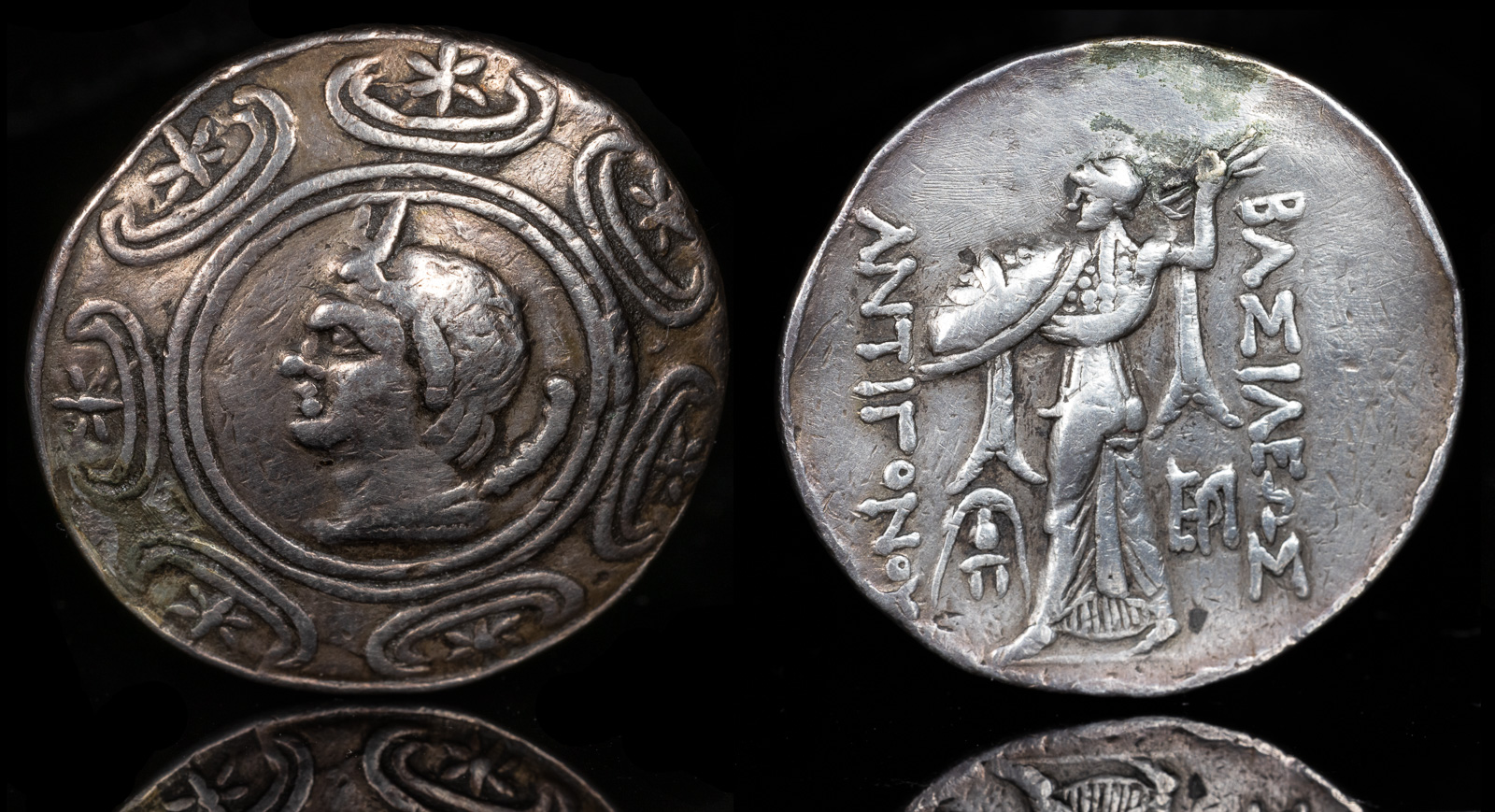Lagobolon
View All Tags
The lagobolon was a specialized tool and weapon in ancient Greece, primarily associated with hunting. Its name derives from the Greek words lagos (hare) and bolon (throwing object), reflecting its primary use as a tool for hunting hares and other small game. The lagobolon was a curved wooden stick, somewhat similar to a boomerang in shape, designed to be thrown with precision to stun or kill prey.
The lagobolon was a practical and versatile hunting tool. Its lightweight and curved design allowed it to be thrown over long distances with accuracy, making it effective for capturing fast-moving animals like hares. In hunting contexts, it was often employed by both professional hunters and aristocrats who participated in hunting as a leisure activity. Depictions of hunters carrying lagobola are seen in ancient Greek art, particularly on vases, underscoring its common use in this domain.

Kings of Macedon, Antigonos II Gonatas (277/6-239 BCE)
Amphipolis, c. 274/1-260/55 BCE
AR Tetradrachm 31mm, 16.85g, 3h
Horned head of Pan l., lagobolon over shoulder, in the centre of a Macedonian shield
R/ Athena Alkidemos advancing l., preparing to cast thunderbolt; crested Macedonian helmet to inner l., monogram to inner r.
HGC 3, 1042; Panagopoulou 2000 Period I, Group I, #7 (O3, R07) (this coin)
Ex L. de Nicola, Rome Sep 1974